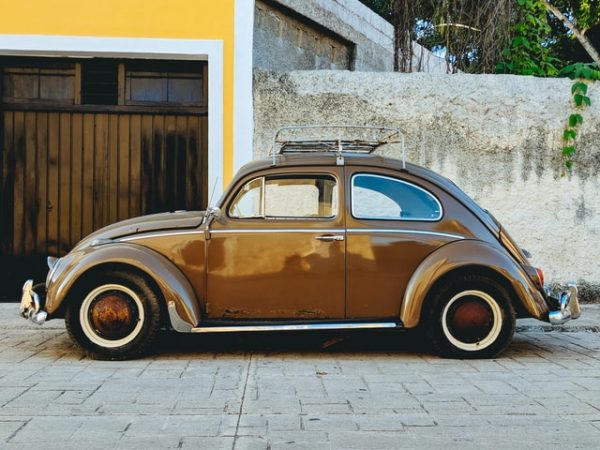Auto Insurance

What is auto insurance?
- Property coverage pays for damage to or theft of your car.
- Liability coverage pays for your legal responsibility to others for bodily injury or property damage.
- Medical coverage pays for the cost of treating injuries, rehabilitation and sometimes lost wages and funeral expenses.
An auto insurance policy is comprised of six different kinds of coverage. Most states require you to buy some, but not all, of these coverages. If you\’re financing a car, your lender may also have requirements. Most auto policies are for six months to a year. Your insurance company should notify you by mail when it’s time to renew the policy and to pay your premium.
What Is Covered by a Basic Auto Insurance Policy?
Your auto policy may include six coverages. Each coverage is priced separately.
1. Bodily Injury Liability
This coverage applies to injuries that you, the designated driver or policyholder, cause to someone else. You and family members listed on the policy are also covered when driving someone else’s car with their permission.
It’s very important to have enough liability insurance, because if you are involved in a serious accident, you may be sued for a large sum of money. Definitely consider buying more than the state-required minimum to protect assets such as your home and savings.
2. Medical Payments or Personal Injury Protection (PIP)
This coverage pays for the treatment of injuries to the driver and passengers of the policyholder\’s car. At its broadest, PIP can cover medical payments, lost wages and the cost of replacing services normally performed by someone injured in an auto accident. It may also cover funeral costs.
3. Property Damage Liability
This coverage pays for damage you (or someone driving the car with your permission) may cause to someone else\’s property. Usually, this means damage to someone else’s car, but it also includes damage to lamp posts, telephone poles, fences, buildings or other structures your car hit.
4. Collision
This coverage pays for damage to your car resulting from a collision with another car, object or as a result of flipping over. It also covers damage caused by potholes. Collision coverage is generally sold with a deductible of $250 to $1,000—the higher your deductible, the lower your premium. Even if you are at fault for the accident, your collision coverage will reimburse you for the costs of repairing your car, minus the deductible. If you\’re not at fault, your insurance company may try to recover the amount they paid you from the other driver’s insurance company. If they are successful, you\’ll also be reimbursed for the deductible.
5. Comprehensive
This coverage reimburses you for loss due to theft or damage caused by something other than a collision with another car or object, such as fire, falling objects, missiles, explosion, earthquake, windstorm, hail, flood, vandalism, riot, or contact with animals such as birds or deer.
Comprehensive insurance is usually sold with a $100 to $300 deductible, though you may want to opt for a higher deductible as a way of lowering your premium.
Comprehensive insurance will also reimburse you if your windshield is cracked or shattered. Some companies offer glass coverage with or without a deductible.
6. Uninsured and Underinsured Motorist Coverage
This coverage will reimburse you, a member of your family, or a designated driver if one of you is hit by an uninsured or hit-and-run driver.
Underinsured motorist coverage comes into play when an at-fault driver has insufficient insurance to pay for your total loss. This coverage will also protect you if you are hit as a pedestrian.
